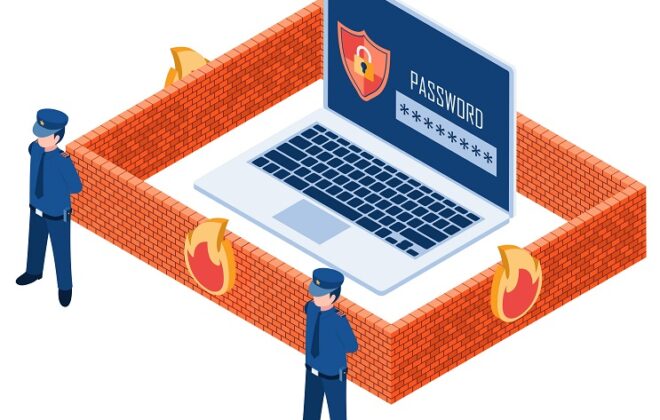The main Cybersecurity risks of remote work: Safeguarding your infrastructure in a connected world
In today’s professional landscape, remote work has become an undeniable norm. However, transitioning to a remote work environment isn’t without its risks, especially concerning data and IT system security. In this article, we’ll closely examine the primary cybersecurity risks associated with remote work and discuss the measures that companies can take to protect their digital assets.
1. Phishing and spear-phishing attacks:
Phishing attacks remain one of the major risks facing companies, even before the widespread adoption of remote work. With remote work, employees are even more vulnerable to these attacks, as they may be less inclined to verify the authenticity of emails or messages from unknown sources when working outside the secure network of the company.
2. Use of unsecured networks:
Remote work often means connecting to the internet via public or home networks, which can be less secure than corporate networks. This exposes sensitive data to interception and “man-in-the-middle” attacks, where hackers can intercept and manipulate communications.
3. Unauthorized access to personal devices:
Employees using their own devices to access company resources can introduce additional risks, as these devices may not be properly secured or monitored. Moreover, their loss or theft can lead to significant data leaks.
4. Software and system vulnerabilities:
When employees work remotely, it can be more challenging for IT teams to maintain and update software and systems regularly. This can leave systems vulnerable to exploitation of known or new vulnerabilities by malicious actors.
5. Password management and multi-factor authentication:
Password management can become a challenge during remote work, as employees may be tempted to reuse passwords or store them insecurely. Additionally, the lack of multi-factor authentication increases the vulnerability of accounts in case of credential compromise.
To address these various risks adequately, there are different protocols and solutions to implement, prioritized according to the most significant risks for your company.
Protective measures:
1. Awareness and training:
Provide regular training on cybersecurity and raise awareness among employees about phishing tactics and best security practices.
2. Use of secure workstations:
Employees should use dedicated, company-approved workstations. This can be company-provided hardware or, if BYOD is encouraged, the user’s personal hardware, can be transformed into a secure workstation during work hours. Centralized management of workstations is also key to securing these critical access points such as PCs and user workstations.
3. Strict security policies:
Establish clear policies regarding the use of personal devices, access to sensitive data, and security protocols to follow during remote work. Password and credential management should receive special attention.
4. Regular updates:
Ensure that all software and systems are regularly updated with the latest security patches to reduce the risk of vulnerability exploitation.
5. Multi-Factor Authentication (MFA):
Activate MFA whenever possible to enhance account security and prevent unauthorized access.
In conclusion, while remote work offers many benefits in terms of flexibility and productivity, it also exposes companies to increased cybersecurity risks. By taking proactive measures to educate, train, and implement robust security policies, companies can mitigate these risks and effectively protect their data and systems in a constantly evolving connected world.
Interested in discussing the security of your virtual workspaces and accessing them securely?
Search
Recent posts
- ZeeScan is now available on the VMware Marketplace 22 April 2024
- The main Cybersecurity risks of remote work: Safeguarding your infrastructure in a connected world 3 April 2024
- Introducing the latest version of ZeeScan! 22 February 2024
- Chromebooks in Business: Advantages and Challenges to Consider 19 February 2024
- Happy New Year from all of us at ZeeTim! 1 January 2024




